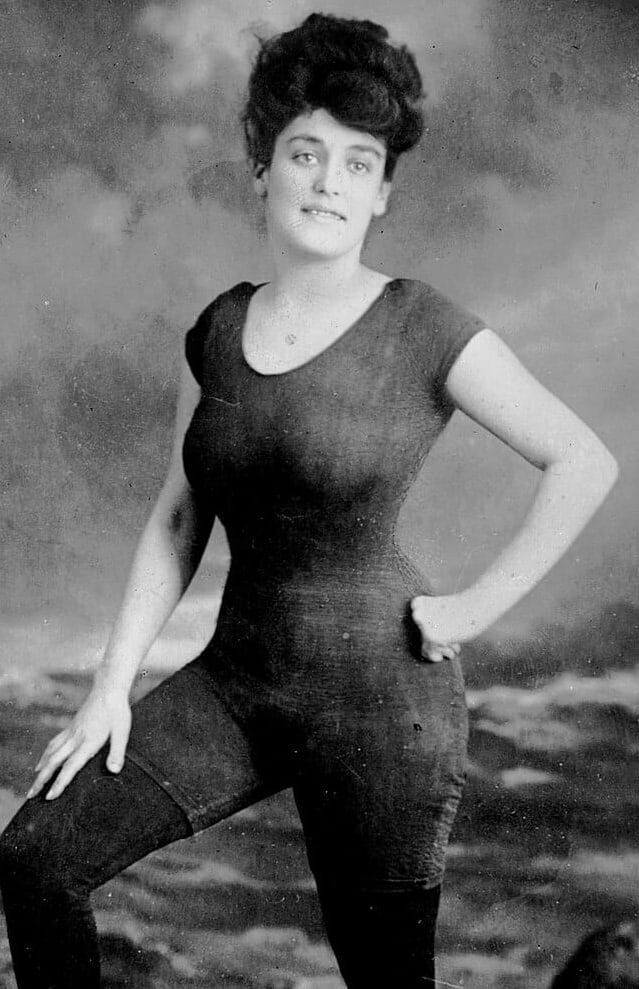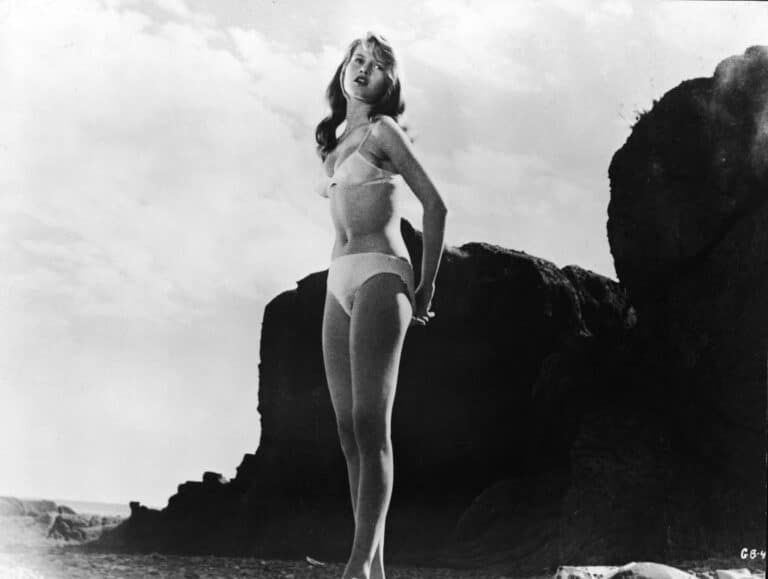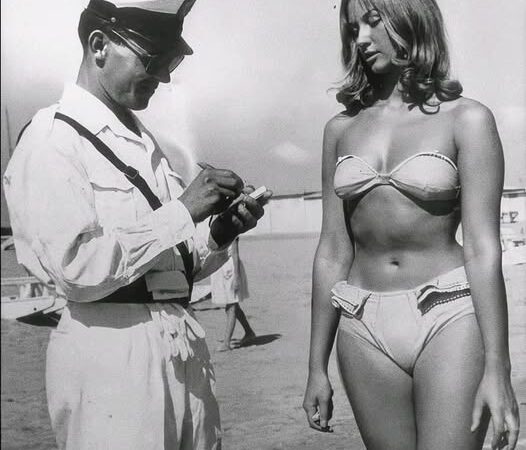One small garment sparked outrage, bans, and even arrests worldwide. The bikini became both a symbol of freedom and a target of controversy, condemned by popes and outlawed by governments. Yet women continued to wear it, challenging cultural norms one bold appearance at a time.
In the early 1900s, swimsuits were heavy, full-body wool garments designed for modesty, with strict dress codes enforcing coverage from neck to knee. Australian swimmer Annette Kellerman broke norms in 1907 by wearing a one-piece suit revealing her arms and legs, sparking a swimwear revolution.
The 1920s brought more freedom with form-fitting suits, but real change came in 1946 when Louis Réard introduced the bikini, named after nuclear tests at Bikini Atoll. Public reaction was harsh—bikinis were banned in many countries and criticized by religious and political groups.

A famous photo from Italy shows a woman fined for indecent swimwear, highlighting cultural battles over modesty. It wasn’t until the 1960s, with stars like Marilyn Monroe and Ursula Andress, that bikinis gained mainstream acceptance despite Hollywood restrictions.

By the 1970s, bikinis became mainstream, evolving with styles like string bikinis and thongs. Today, swimwear celebrates diversity, choice, and body positivity, focusing on comfort and confidence rather than coverage.

What started as a fight over modesty has become a celebration of individuality. Wearing a swimsuit today symbolizes personal freedom and the progress society has made in embracing self-expression.



